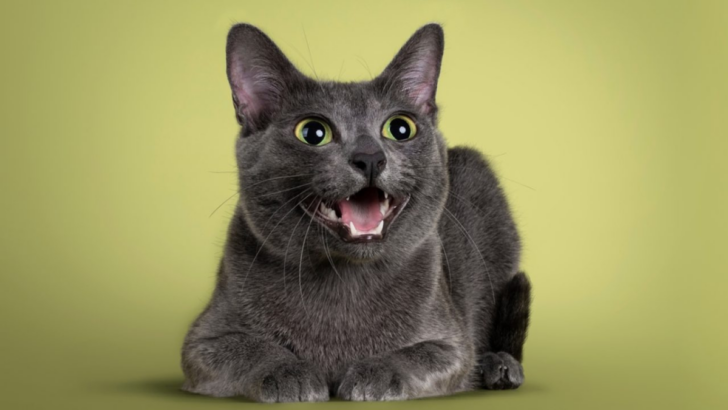If you’ve never heard of the Raas cat before, that’s okay. It’s probably because this breed isn’t as popular as some others. This breed is unique in a variety of ways, including its gorgeous looks and kind disposition. That’s why many cat owners consider them to be the ideal pets.
The fact remains, though, that not everyone is a good match for this feline. Although we would love to care for them, the Raas cat can require a lot of attention.
Sometimes, a pet will just have too strong of a personality for its owner. Although you might feel discouraged, it’s okay to admit to yourself that you’re not able to handle a breed well.
When seeking a specific pet, you must first read about the breed’s characteristics. Even the smallest details might make a huge difference. You should pay attention to the cat’s heritage, personality traits, and health issues.
Most of the time, all of these things tend to get ignored. Usually, people are in awe of the pet’s beauty and friendliness. However, this is a wrong approach because looks can be quite deceiving.
The Raas cat might look absolutely stunning and cuddly. However, they can be a bit moody at times and certainly aren’t the breed for every cat parent, especially those new to the cat world.
But if you’re really blown away by this magnificent specimen and want to know more about them, we can definitely help you with that! Let’s dig in!
1. They’re hard to train
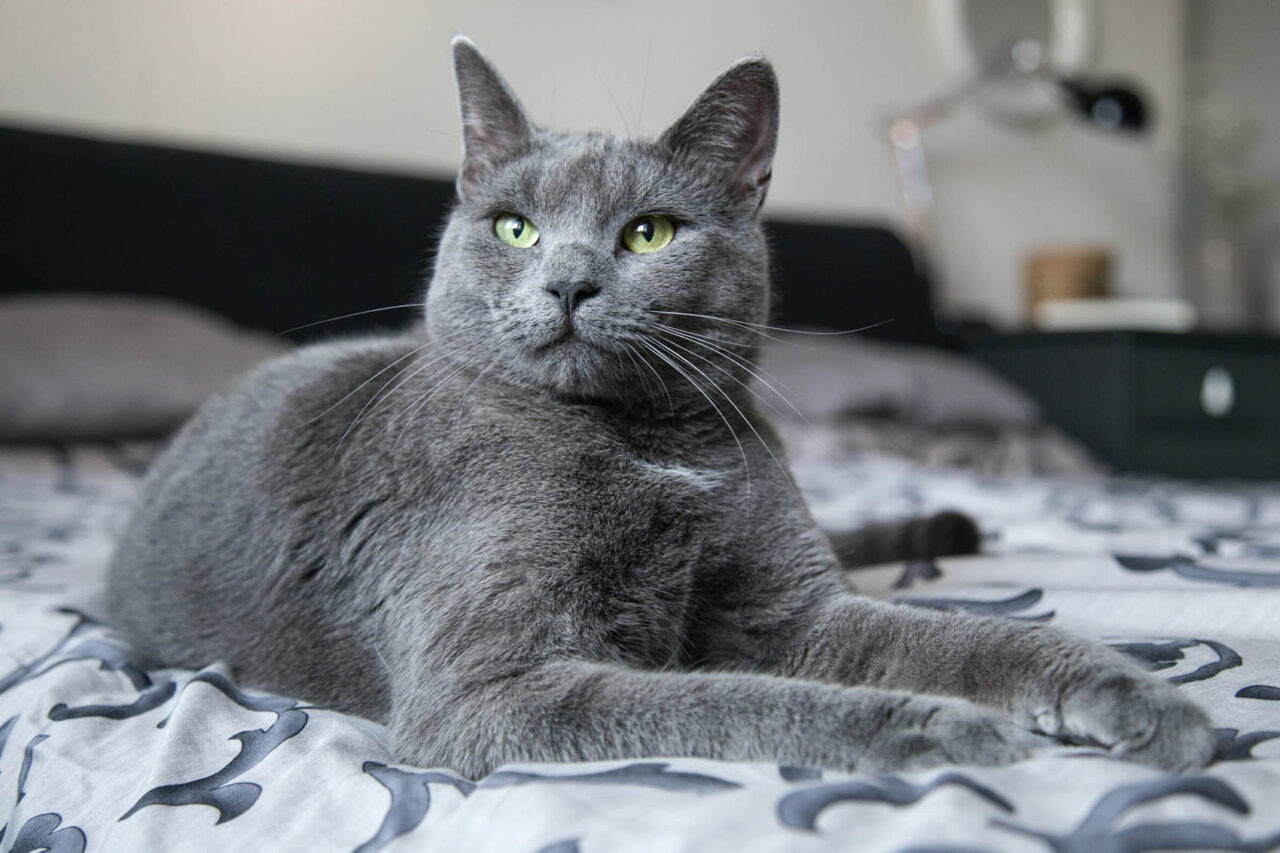
There are some pets that are easy to train. They follow your commands and they pick up new things rather fast. All it takes is a little bit of patience and some really tasty treats.
However, we all know cats aren’t keen on learning new tricks like dogs are, for instance. So, it’s no wonder that the Raas cat doesn’t really enjoy listening to commands.
Usually, these felines won’t resort to violence when you bother them. But, if you continue to force new things upon your pet, you might really get yourself in trouble.
When she loses her cool, the Raas cat might exhibit hostile behavior toward other people and animals. Therefore, negging and pushing won’t bring you any luck with these felines.
2. The Raas cat can be moody
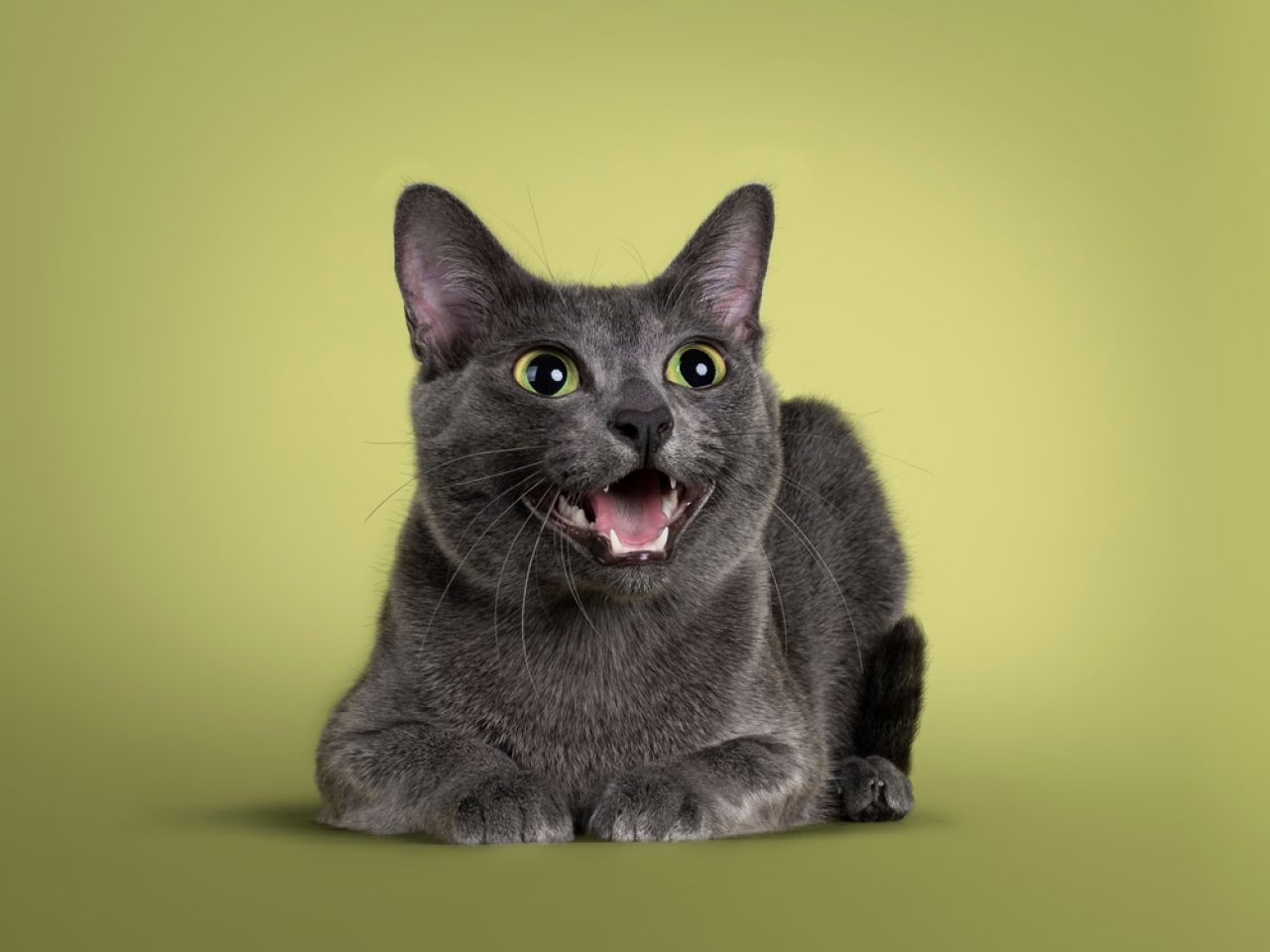
The Raas cats are famous for their stubbornness, which contrasts with their enigmatic origin. These cats don’t listen to directions from other people, as I previously mentioned.
The difficulty of taming and adjusting a Raas would be worth it for the reward of their beauty. Your cat will feel more at ease if you give her some space and keep her inside her crate for the first few days. That way, she can get used to her new surroundings.
If she’s feeling a bit under the weather lately, you might notice your feline hiding in the corners of the house or even cowering away from you. This could be a sign of distress or pain.
However, the Raas could get in this kind of mood without apparent reason. Therefore, we can safely say these pets aren’t suitable for a busy household. They need more space since they weren’t bred to be lap cats.
3. They’re not child-friendly
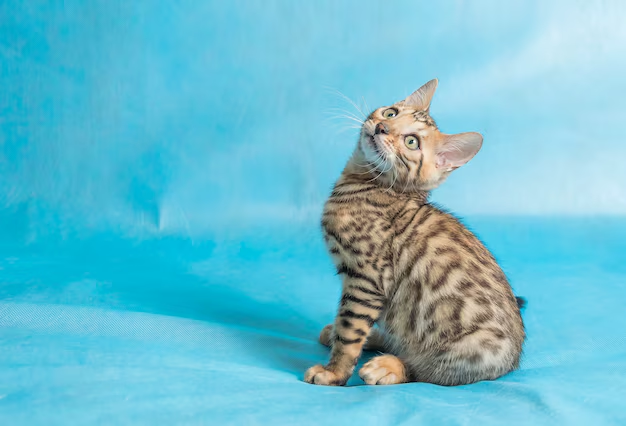
Raas cats can be kept as pets because they are domesticated felines. However, there’s a bit of bad news regarding this breed and its life indoors.
Cat lovers will fall head over heels for their striking appearance due to their stunning looks. Sadly, in the beginning, this love would not be reciprocated.
Raas cats don’t get along well with people and are frequently uneasy around strangers. They find it difficult to adapt to multiple humans around. The perfect owner for this cat would be a patient cat lover who has the temperament to deal with the Raas cat’s strong personality.
This leads us to the point that the Raas don’t get along with children, especially younger ones. We know toddlers and young kids aren’t able to read feline body language yet.
They can’t really tell whether they’re annoying the cat and if she’s going to strike and give them a warning. Therefore, it’s up to us to provide our pets with a stress-free environment that suits their needs.
Although Raas cats are active, they are not a good choice for households with young children.
Parents of young children should seek more friendly and tolerant cat breeds, such as Ragdolls. A Raas cat may get scared due to young children’s frequent rough treatment of cats.
4. They have high energy levels
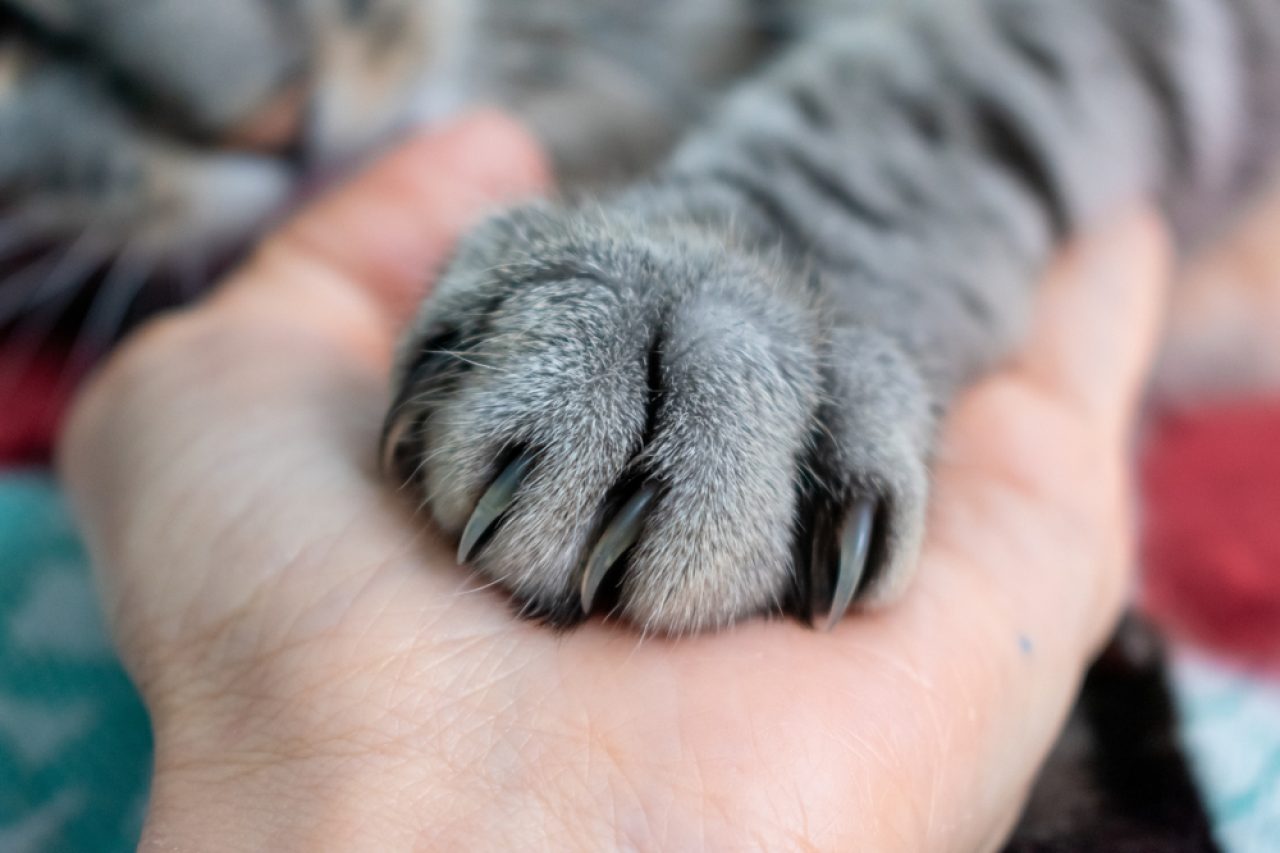
Raas cats have a lot of energy, so you’ll need to give them lots to do to keep them satisfied. You should maybe even consider getting your pet a furry companion so she can burn off the energy with them. However, you must consider that these pets can sometimes be a bit hostile.
Clicker training, using pet toys, and engaging in games like fetch are additional ways to keep your cat active and entertained.
You should consider letting your Raas cat play outside every day under supervision if your home doesn’t have a suitable space for them to be physically active if you want to maintain their health.
If that’s where she spends most of her time, you must acquire a substantial indoor cat tree so she can climb, scratch, and stretch her muscles.
